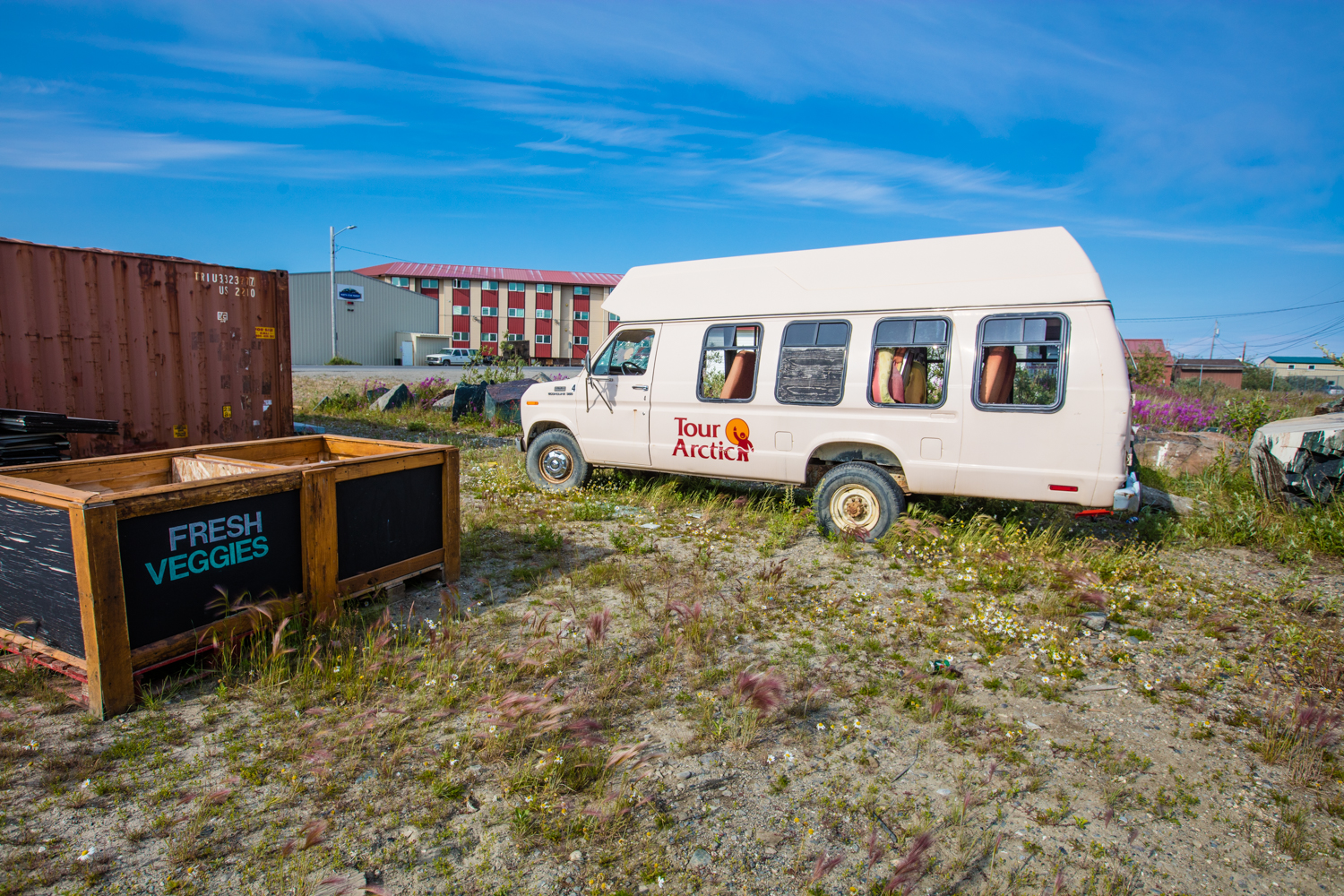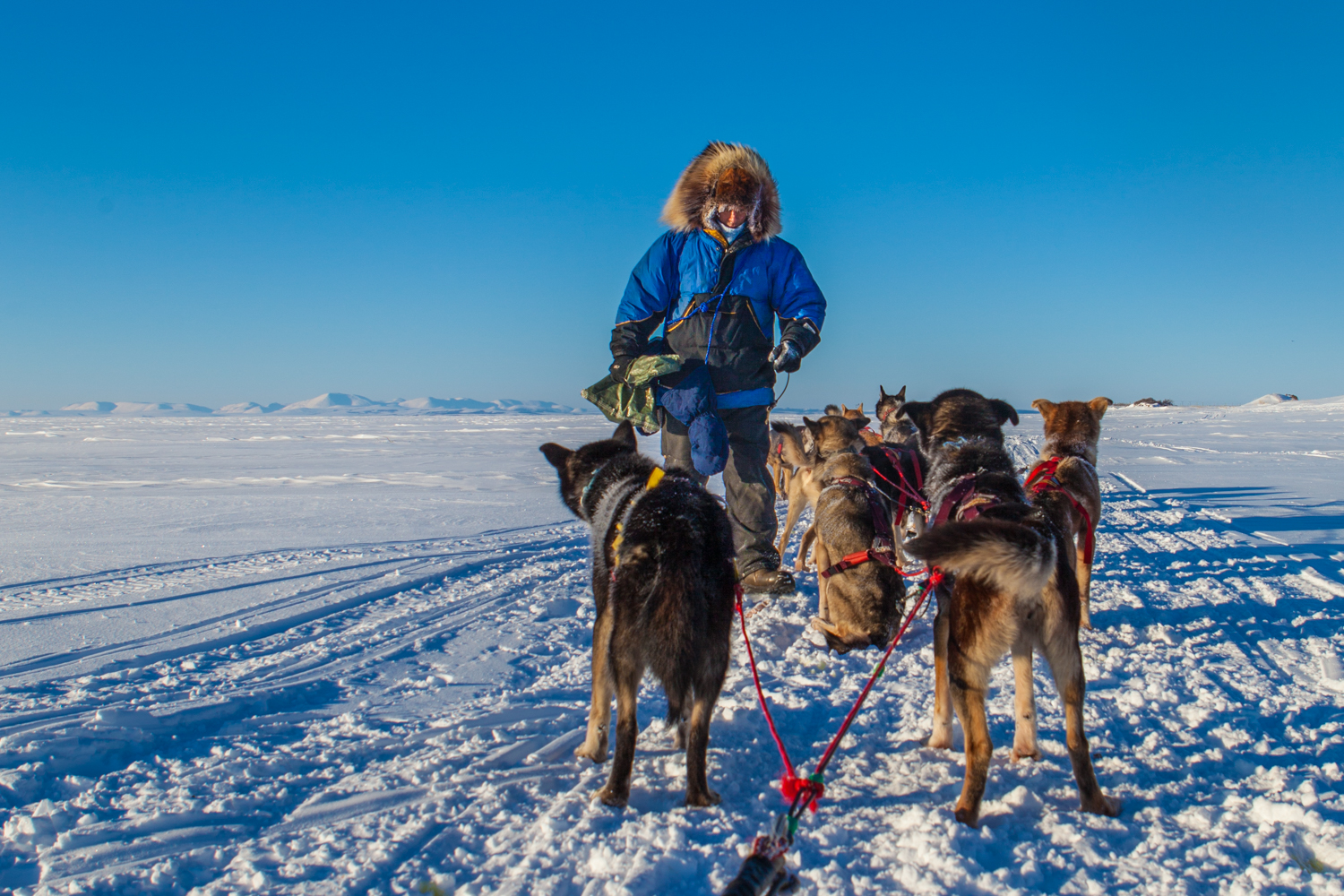Qikiqtagruk--Almost an Island
Qikiqtagruk is a village on the northwest coastline of arctic Alaska. Its name, according to some translations, means "almost an island," which is a playful, descriptive reference to the fact that that three-mile-long slip of tundra juts part way across Kotzebue Sound. It has been a gathering place for Native Alaskans and Native Siberians for much of the modern era. Kotzebue is the village's European name, a reference to the Baltic explorer Otto Von Kotzebue, who was one of the first Europeans to notice the thriving coastal Inupiaq culture there in 1818--this despite the fact that the archeological sites in the village date back to the Renaissance. The village is a few feet above sea level, but the municipality does stretch up into rolling tundra a few hundred feet or so affording incredible views of the Chukchi Sea, the village wind farm, and the White Alice radar station that played a vital role in cold war era air defense. There are many subsistence hunter gatherers in the community, but there are also many people who participate in a significant developing industrial economy. Kotzebue is 600 air miles north of Anchorage, and is unreachable by roads of any kind. You have to fly there or sail almost a thousand miles up the coast through the Bering Sea and on into the Chukchi Sea, which is frozen from October to May. What may appear to to people in the lower 48 as piles of junk parked unceremoniously in front of houses is just a part of arctic reality, the way the world works where anything manufactured has to be shipped in by barge or cargo plane--the cost of removing large objects is equally exorbitant as importing them in the first place. Likewise there is very little interior storage--there's not a lot of extra real estate for building and the cost of shipping building materials is costly--hence the piles of goods and the abundance of used storage containers that define the city scape.






























